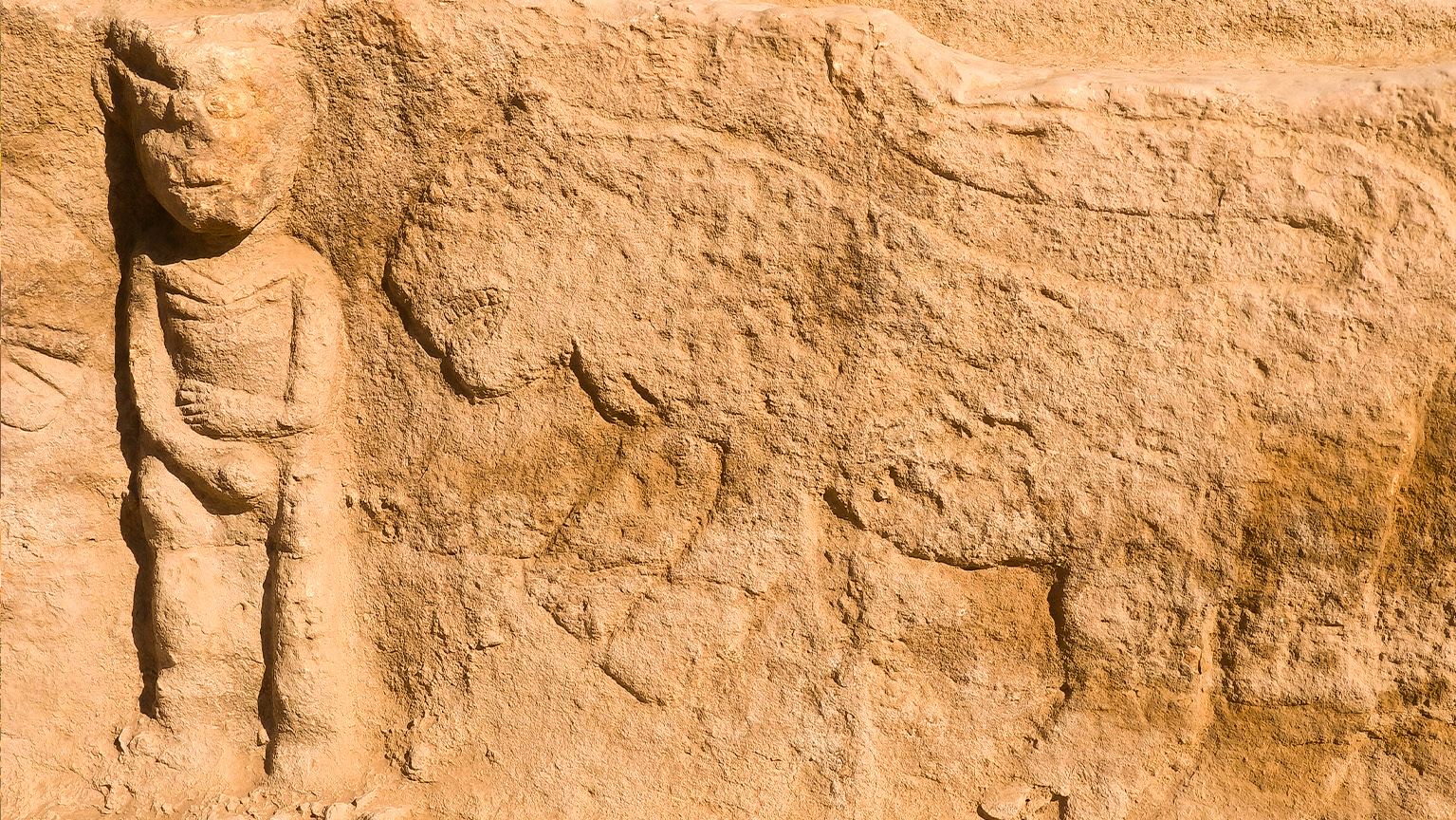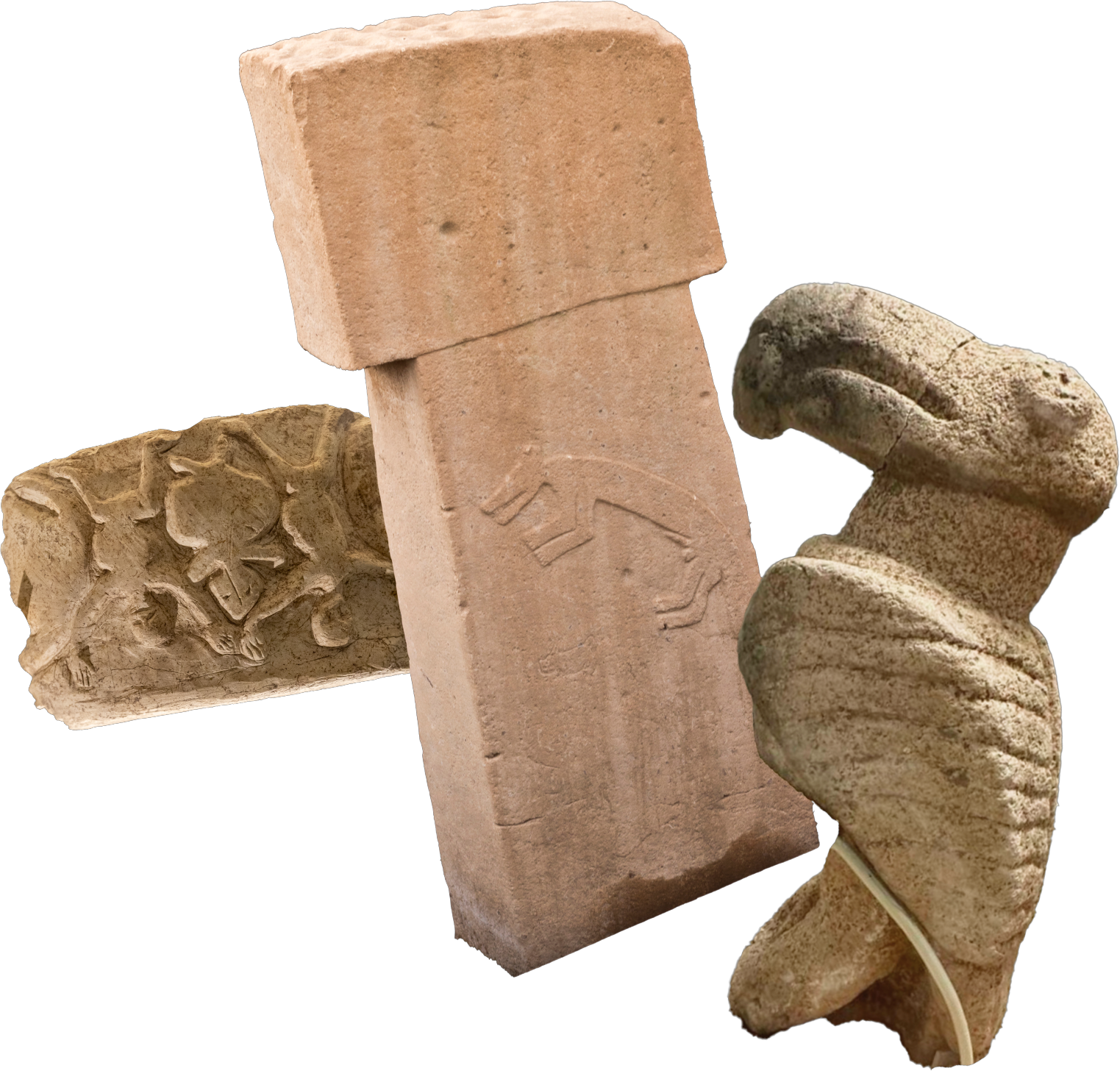Among the archaeological wonders of Taş Tepeler in southeastern Türkiye, the Sayburç Reliefs reveal one of the earliest visual narratives known to humanity. Dating back 12,000 years, these extraordinary carvings offer deep insight into how Neolithic communities perceived their world and expressed meaning through symbols and figures.
Unveiling Sayburç: Traces Carved in Stone
Sayburç is one of the key Neolithic settlements within the Taş Tepeler Project, alongside well-known sites like Göbeklitepe and Karahantepe. The site features both domestic structures used in daily life and monumental buildings likely intended for communal rituals and ceremonies.
At the heart of Sayburç lies a structure known as "Structure AA," which has drawn significant attention due to the remarkable reliefs found inside. Also referred to as the "Relief Building," this space offers a rare glimpse into human thought and storytelling in the Pre-Pottery Neolithic period.
When first documented in 2021, approximately one-third of the structure had already been exposed by local villagers. The reliefs, located in the basement of a village house, had been uncovered but remained undamaged. By 2024, the excavation area had been expanded, the overlying village houses were cleared, and the Neolithic structure was fully revealed.
Roughly 12 meters in diameter, the circular structure was carved directly into the bedrock. The flat floor, seating benches, platform area, and ritual basins suggest communal activity. Yet it's the extraordinary figures carved into the inner walls that make Structure AA truly remarkable. These carvings not only reflect artistic skill but also provide a structured visual narrative that sheds light on the symbolic world of Neolithic society.

What Do the Sayburç Reliefs Tell Us?
The Sayburç Reliefs form an impressive composition measuring approximately 80 x 370 cm, carved into the inward-facing surface of a bench inside the structure. This scene consists of two human figures, two leopards, and a bull, arranged in two separate interactions based on their orientation and posture. In both scenes, the relationship between humans and animals is highlighted with striking visual storytelling.
On the right side of the composition, a seated male figure is placed at the center. Flanking him on both sides are two leopards in aggressive stances, facing toward him. The human figure, carved in high relief and facing the interior, is rendered with remarkable detail. One of his hands rests on his stomach while the other touches his phallus. The leopards stand on their hind legs with bared teeth, ready to pounce. The left leopard's gender is indicated by a clearly defined phallus. Despite the threatening posture of the animals, the human figure maintains a calm expression—offering insight into how early people may have perceived their relationship with predators.
V-shaped markings around the man's neck are symbolic motifs also found in other Neolithic sites in the region. These may represent a necklace, clothing, or a stylized depiction of the human body.
On the left side of the composition, another male figure is depicted facing a bull. This figure is shown in a slightly crouched position, arms raised, suggesting movement. His open left hand features six fingers, while his right hand appears to be holding either a sling or a rattle. The bull across from him is depicted with lifted front legs and carefully detailed horns.
What makes these reliefs unique is not only the artistry of the figures but also the narrative itself. The gestures, poses, directionality, and sequencing all indicate that this is more than a static depiction—it's a dynamic visual story. The deliberate arrangement of the figures within a continuous composition suggests an intentional narrative structure.
In an age before written language, such carved scenes likely served as visual extensions of oral storytelling traditions. These engravings may have been visual carriers of collective memory, giving form to myths and shared experiences that shaped Neolithic communities. The Sayburç Reliefs offer a rare glimpse into how early humans made sense of their world—not just the natural environment but also their own social structures.
👉 If Sayburç has captured your curiosity, it might be time to plan your trip to Şanlıurfa and the Taş Tepeler region. Don't miss our local travel tips:Top 12 Must-See Places in Şanlıurfa
Visual Expression of Neolithic Storytelling
The Sayburç Reliefs provide key insights into how Neolithic people shared stories—especially in spaces where rituals and communal events took place.
In oral cultures, social norms and values were passed down through collective rituals and shared experiences. These rituals not only strengthened group identity but also served as tools for emotional bonding and education. They helped preserve traditions and ensured the cultural continuity of the community.
Narrative scenes like the Sayburç Reliefs may have functioned as visual expressions of these stories—symbols carved in stone to echo the memory of a society long past.
Learn More with the Stone Mounds App
Want to explore the Sayburç Reliefs and other Neolithic sites in the Taş Tepeler Project?
📱Download the Stone Mounds appnow to discover Göbeklitepe, Karahantepe, Sayburç, and more—featuring the latest findings shared by excavation directors themselves.


